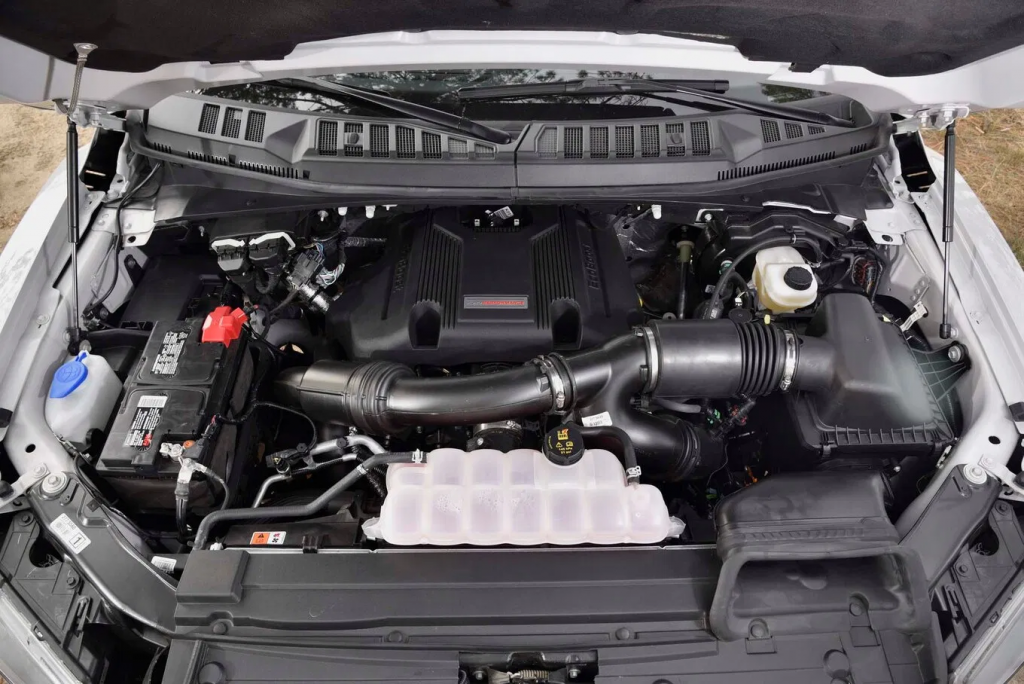
With every invention going on over the years, none has been so consistent and impactful as automobiles. Transportation is a science innovation many humans show gratitudes towards. The ease of movement, communication, and fast transition between works, is compared to none. Throughout history, automobile invention has positively impacted lives socially and economically.
Sports and automobiles are crucial sectors that have been contributing greatly to the growth of society. This is evident in websites like liontips.com, which provides reliable updates on sports.
This article further describes the five various components of automobiles.
1. The Engine
Whether you’re into performance RC cars or the real thing, the engine is the most critical and expensive part of an automobile. It is known as the heart of the car. Any slight malfunctioning cannot be ignored, and a vehicle will not work until the engine is attended to.
The engine is where the fuel system operates, which contains a cylinder known as the pistons. The fuel passes into the cylinder through a vacuum attached to the piston. At different stages, four movements called the strokes occur in the cylinder containing the energy. These movements are; intake, compression, power, and exhaust.
2. Fuel System
If you are using gasoline as fuel, ensure you mix it properly with air before pouring it into the cylinder – this enhances the explosion rate. A tool known as the air cleaner is present in the cylinder. It cleans up the air mixture, making sure it is free of impurities.
3. Apparatus System
The apparatus system contains the rigging box, which enables the car to operate at various velocities. When gears have the same teeth number, it is possible to run at the same speed. For vehicles with different teeth, the apparatus is responsible for maintaining the speed ratio.
4. The Grip System
The grip allows the driver to navigate the motor or engage in transmission. While a vehicle is in motion and rigging needs to change, the grip will enable it to take place and be in the right positioning. The grip is present at the foot in vehicles, but it is close to the hand for bikes. The setup is important, as it must occur before gears are changed; otherwise, it may be difficult.
5. The Frame and Chassis
This component comprises the wheels and tires, brakes, the suspension system, and the body.
There is a casing component in the chassis, which has cylindrical boxes joined together. Using the damper and spring, the suspension system safeguards a vehicle by separating the body from the vibrations caused on the streets. This framework performs its all-around functions during movement because it is present both at the front and back of the car.
Conclusion
Other components of automobiles are minor accessories. These components include the air system, light, wiper, stereo, and many others.
Just as the human body, each part functions differently, and none can operate without the other. For automobiles to keep working, each system needs to be in the right shape or condition. Dozens of industries depend on cars, both directly and indirectly. This includes production companies like fabrics, glass, rubber, plastics, and other electronic components.
